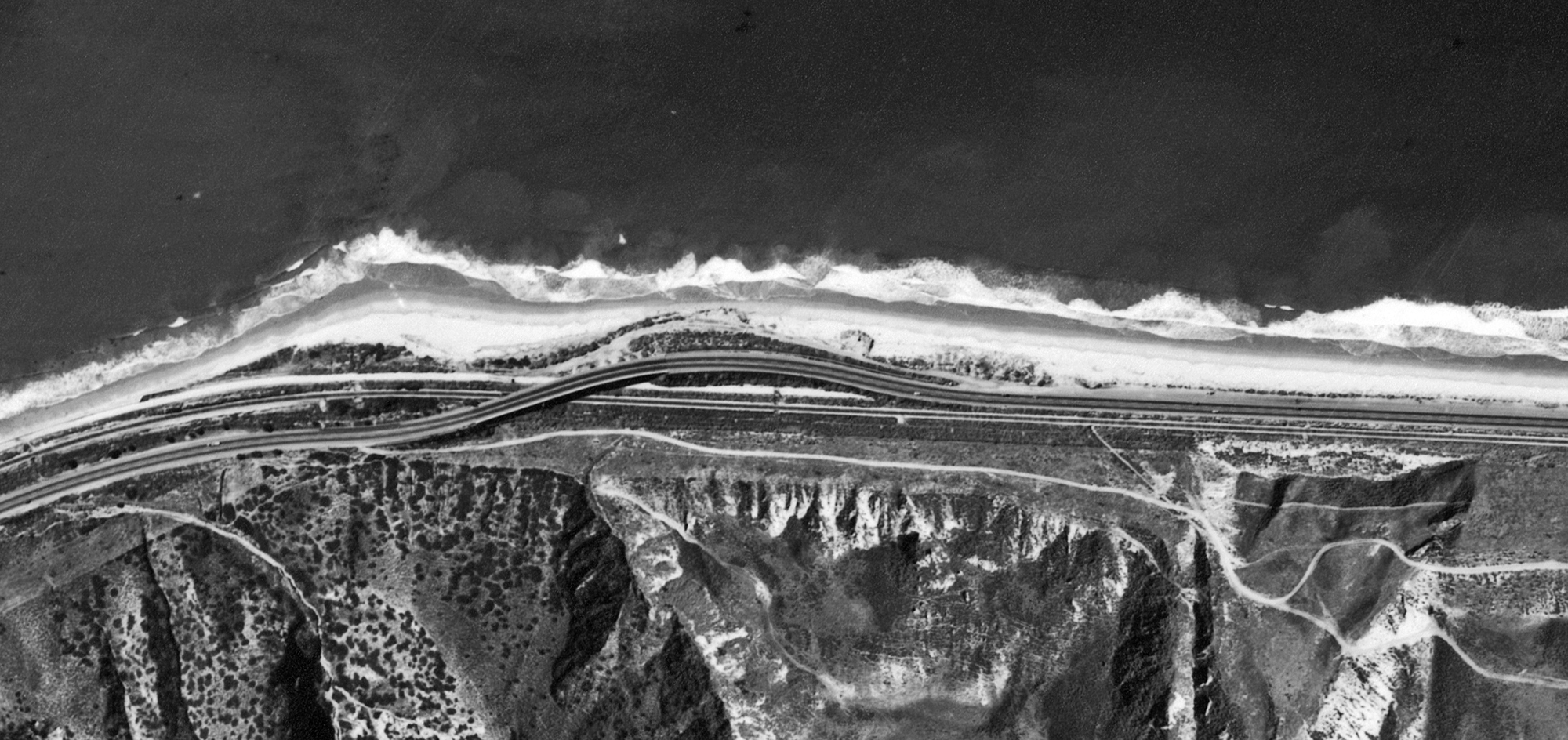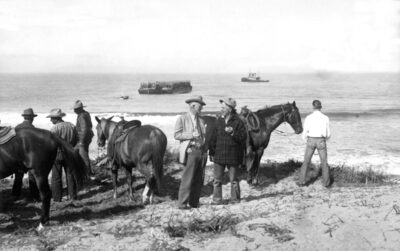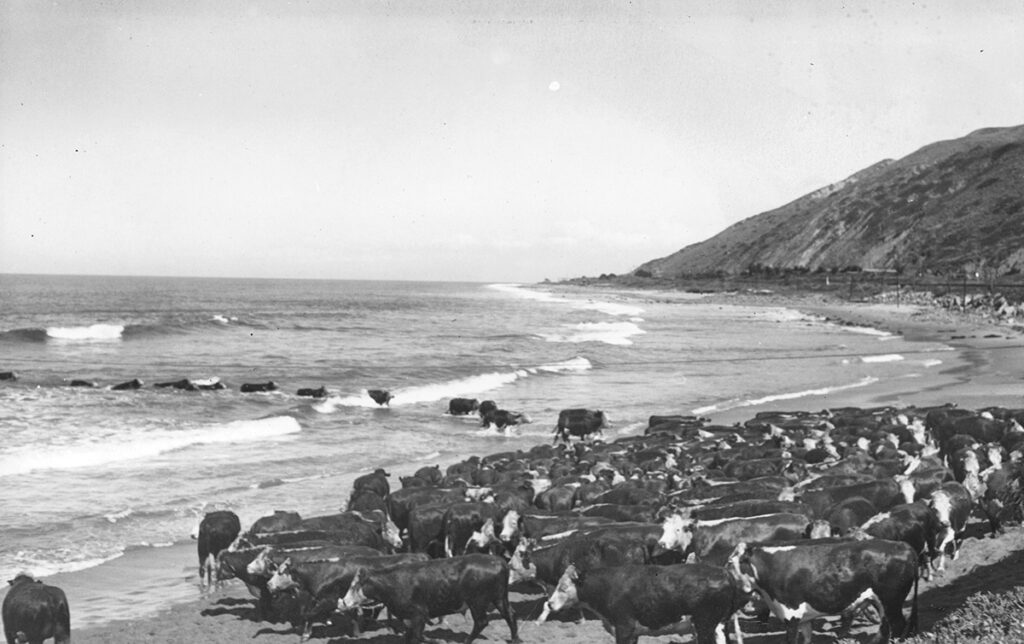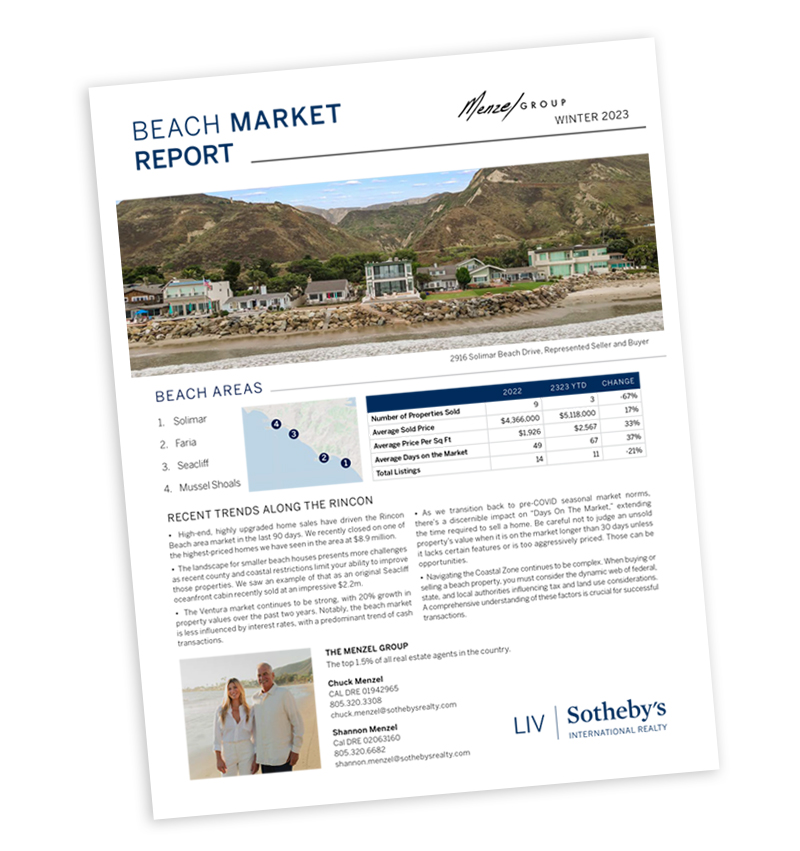Emma Wood Bridge

A name that set the foundations of generations in Ventura: Taylor.
The year is 1852. Nancy Anne Taylor of Tenessee and Green Berry Taylor of Alamama set their sights on moving west to California. Starting in Texas, they traveled by sea from Nicagrauga up the coast into California. After time in San Luis Obispo farming and raising stock, the Taylors landed in Ventura County (then Santa Barbara County). In 1872, they purchased the land grant, Rancho Cañada de San Miguelito, 8,000 acres of land that stretched from the River to the mountain and the beach; the property became known as the Taylor Ranch.
After the death of Nancy and Green, Alice Taylor Grubb became the sole heir of the Taylor ranch. A portion of the Taylor Ranch was sold to Solimar Beach Colony in 1931. Shortly after, the Ranch took a wild turn with the discovery of oil on the land – until this point, the land was mainly cattle pasture and was not of high value. During this era, Alice Taylor Grubb was the principal owner until she died at age 81 in 1935, when her children Emma Grubb Wood and Percy Grubb assumed the responsibility of the land.

During WWII, cattle were shipped by barge from Santa Rosa Island to Taylor Ranch. Ed Vail on left and Bud Wood of Taylor Ranch on right.
The Ventura oil boom and growth in agriculture brought immigrants, wealth, bridges, and roadways to the city from 1910 through the 1930s. In 1935, the Rincon highway underwent renovations, including paving, widening, and a protective seawall along a few sections. Until this point, the road to enter the Rincon Highway was an underpass right after the Ventura River crossing. The road included a sharp turn to an underpass. A new overpass replaced this very dangerous section underpass just 1 mile north.

Photograph of the Ventura underpass railroad crossing on the Rincon, 1920. A white sign reads, “Danger. Sharp Curve. Drive Slow. Tunnel Ahead. Sound Horn”.
When Emma Wood died in 1944 at age 63, her land holdings, including the Taylor Ranch, were valued at 8 million dollars and became the sole property of her husband, Adrian Buddy Wood. In 1956, Wood donated land totaling 112 acres with miles of oceanfront to the State of California – and so it was named Emma Wood State Beach. In 1957, the State Park opened for the public to enjoy camping, surfing, and beach use.
The 1960s marked a time in Ventura when old became new; Ventura cleared the way for a freeway by demolishing homes and roads and slicing through the city. Cue, the 101 Freeway. Connecting California beach towns was now more efficient and modern. On February 28, 1961, work began on three miles of the Ventura Freeway from Palm Street, east to Ojai, and the Ventura Overhead bridge at the Emma Woods State Park entrance. The “Rincon overpass” was widened and updated and became the exciting new entrance to Emma Wood State Beach.

Emma Wood State Beach, 1950s
Where does this leave us now?
Old is better than new. Sometimes. The Ventura Overhead Bridge is a 91-year-old structure evaluated and deemed unsalvagable.
“A special bridge inspection was conducted in May 2016 that identified substantial section loss at the top and bottom flanges of several steel beams spanning the railroad tracks. The state has concluded that replacing the complete bridge (instead of retrofitting) would be more cost-effective.”
The Ventura Overhead Bridge connects to Pacific Coast Highway from the State Beaches exit 1 mile north of Ventura on northbound 101. The project will replace the entire bridge and widen the deck to incorporate a bicycle and pedestrian shared-use path (on the ocean side of the bridge). The path will be separated from the roadway through a concrete barrier. The structure will be modernized with fewer columns and improved aesthetics.

Photo Courtesy of Broc Ellinger
The exit and bridge will be closed with the project. A temporary ramp will be installed in the U.S. 101 median near the Solimar Beach Colony to provide first responders quick access to the Pacific Coast Highway. The public will not have access to this access point.
The Bridge project is expected to start in August of 2025 and finish by the winter of 2027; however, it may continue for longer.
But now the real question is: will you drive up the coast to the next exit to get to your favorite summer beach spot?














